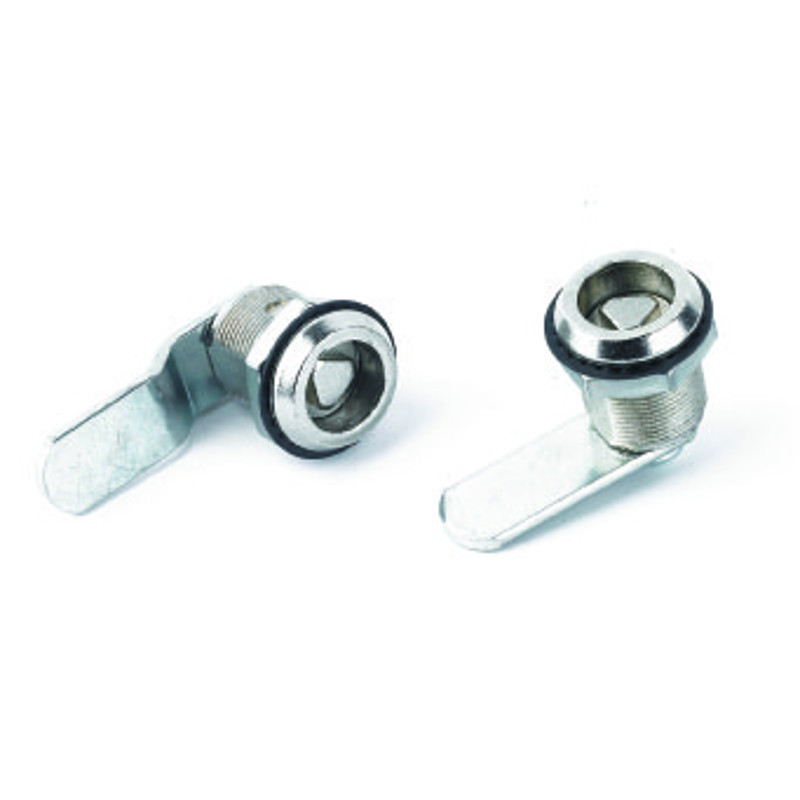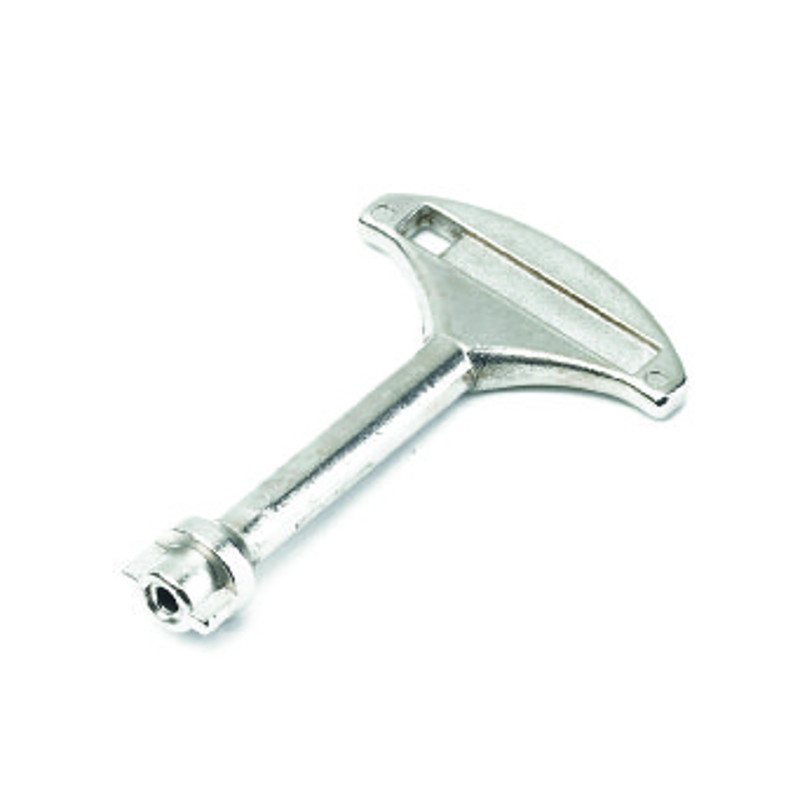

None of these numbers is a clue as to what lock this key unlocks. That way, at least until somebody gets the key copied, it is temporarily possible to tell from the list who has what key. Then there was a list: Joe has key number one, Mary has key number two, and so on. The number one may mean that several copies of this key were made originally, and they were numbered, "1, 2, 3, 4" and so on. "Do Not Duplicate" is a very common stamp put there in the usually vain hope that folks won't get the key copied. "M" often stands for "Master Key," but not always.
Tubular lock key codes code#
Question: I found the key saying brass key 438 - 4904 M on the other side it says Do Not Duplicate with a one in the left corner where does this key go?Īnswer: 438-4904 does not correspond to any blind code number or key blank number that I know of or can find. Often cabinet locks will have the blind code stamped on the face of the lock, next to the keyway, so one can look at the number on the key and match it up with the number on the lock. If the code is published in a codebook or other resource, it will allow a locksmith with access to the resource to cut a key from that code. What could this key belong to?Īnswer: The small size probably indicates the key to a cabinet lock, though there are some screen door locks that take a small key. Question: I have a small silver key with the letters "CCP" on one side and AG45 on the other side. What might it belong to?Īnswer: It is not enough to go on, really, but it sounds like a room or suite number in a hotel or high rise building. Question: I have a key with the number 615. Keys cut on a Y11 blank usually fit some kind of cabinet lock. What does that mean?Īnswer: Y11 is a key blank number. For example, you could say the bitting on this key is written "bow to tip".Īnswer: LL24 could be a keyset number in a very large grand master key system, or it could be a key code number. It's used to identify the order of a bitting.

Distances are measured starting at the stop to locate the cuts. Stop: Located next to the bow on most keys, the stop keeps the key from going too far into the lock.Bow/head: The bow works as the handle you use to hold and turn the key.To understand the numbers and letters, you need to know the different parts that make up a key.

With the 13 buttons a total of 8,191 different codes are available, any of which may be entered in any order.Photo and artwork Tom Rubenoff The Anatomy of a Key 1234 can be 4321 or 1342 or whatever is the most convenient sequence. The code is non sequential, that is the code can be entered in any order e.g. To change the code after fitting, the lock must first be removed from the door. The CL250 mechanical locks are supplied with a random code commencing with the ‘C’ clear button.

The latch is spring loaded and will lock automatically when the door is closed.


 0 kommentar(er)
0 kommentar(er)
